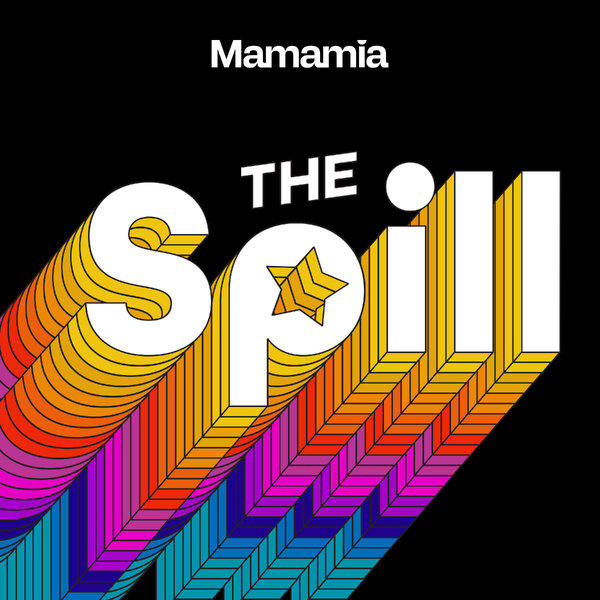I’m going to try and write this post without sounding like a nana. Or one of those people who say ‘back in my day’ and then proceed to reference something totally irrelevant.
Because while I was watching the magnificent Paper Giants last night on ABC1 (the second and final instalment airs tonight at 8:30) I got thinking about how magazines have changed. How they’re just not relevant anymore. Not compared to the power and influence they once wielded.
No matter how much of a mag junkie you may be (your numbers may be dwindling but I know there are still some of you left), you cannot watch a show about the birth of Cleo magazine and its early years and not make a comparison to mags in 2011.
And not in a good way for 2011.
There was a surprising amount of excitement a few months ago when it was announced a reality show called Park Street was being made about ACP – the magazine company (located at 54 Park St) that publishes Cleo, Cosmo, Dolly and pretty much every other magazine you’ve ever read.
ACP is also the place I began my magazine career – and ended it almost 15 years later.
After the surprise success of The September Issue, the brilliant documentary about Anna Wintour and American Vogue from 2009, and the pop cultural impact of the book and movie The Devil Wears Prada a few years earlier, a local look at Australian magazines was bound to be thrilling.
There was much anticipation about the reality series, which promised a behind-the-scenes look at what really goes on at some of Australia’s most iconic magazines. Almost immediately, rival publisher Pacific Publications announced they too were going to film a reality show about Marie Claire and its editor Jackie Frank.


Top Comments
Only one question for you Mia ,
Why are we more conservative now than in 80s or 90s?
Why did that come about with all these informed and intelligent women about?
You don't sound like a nanna at all.
I really enjoyed this piece and miss this style of writting on Mamia Mia.